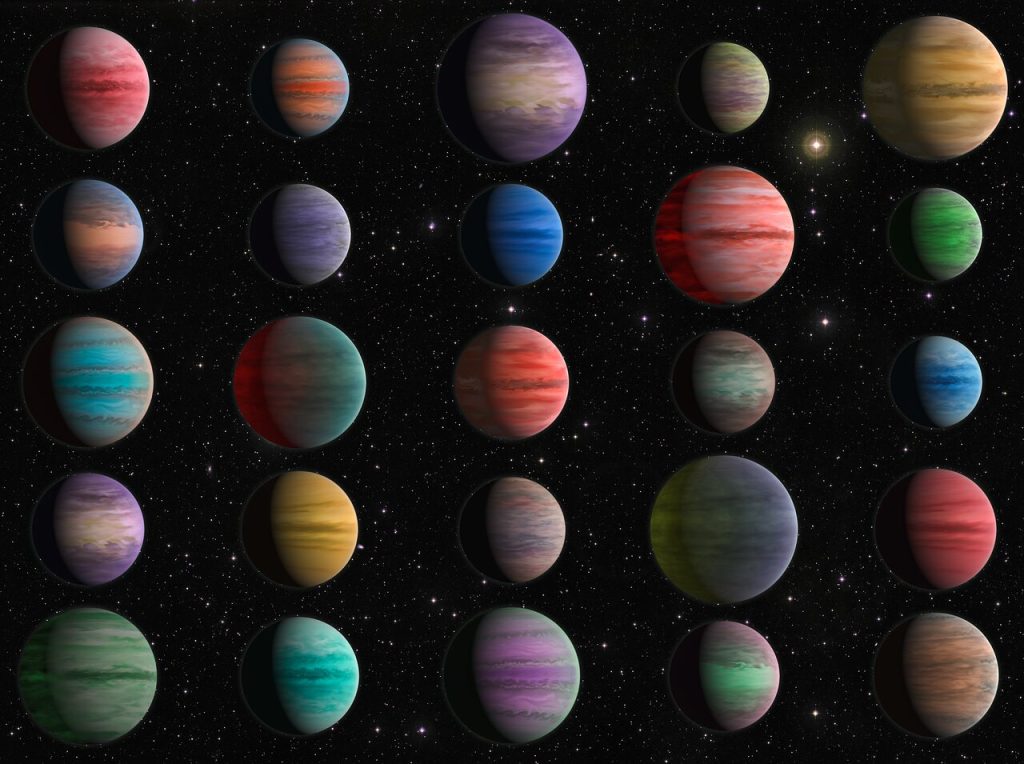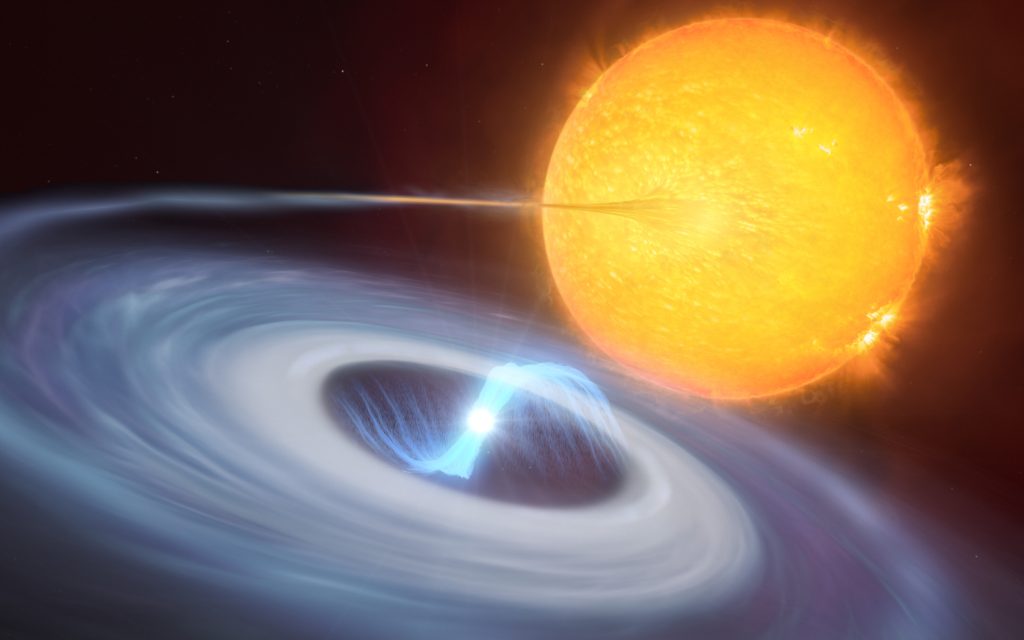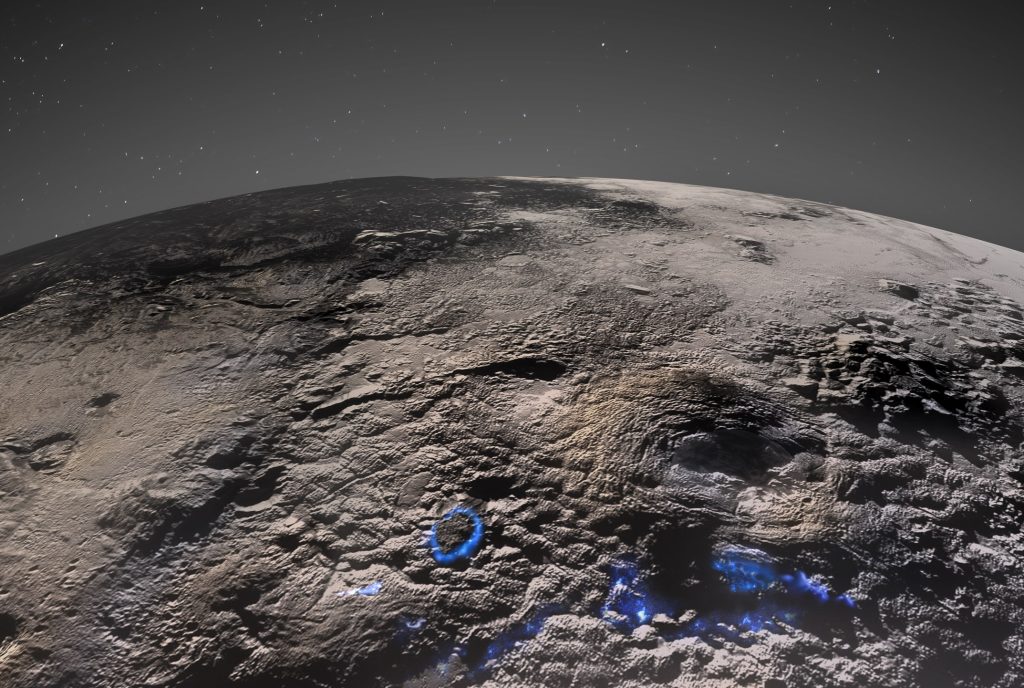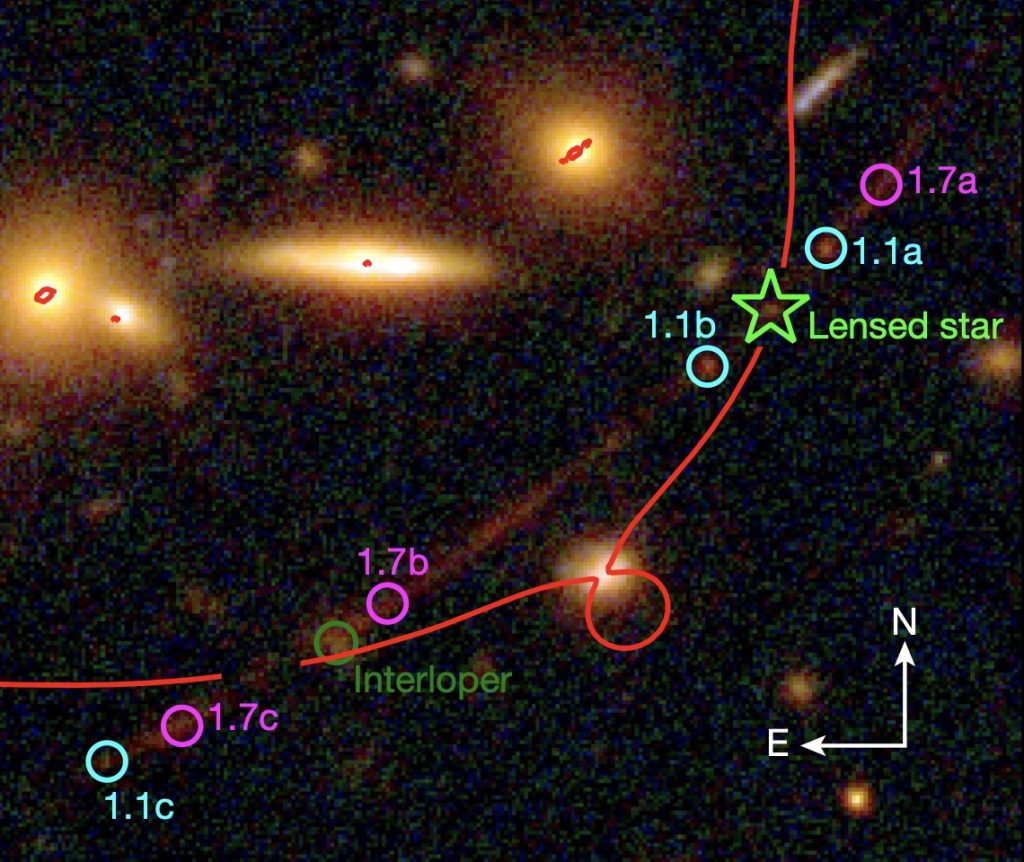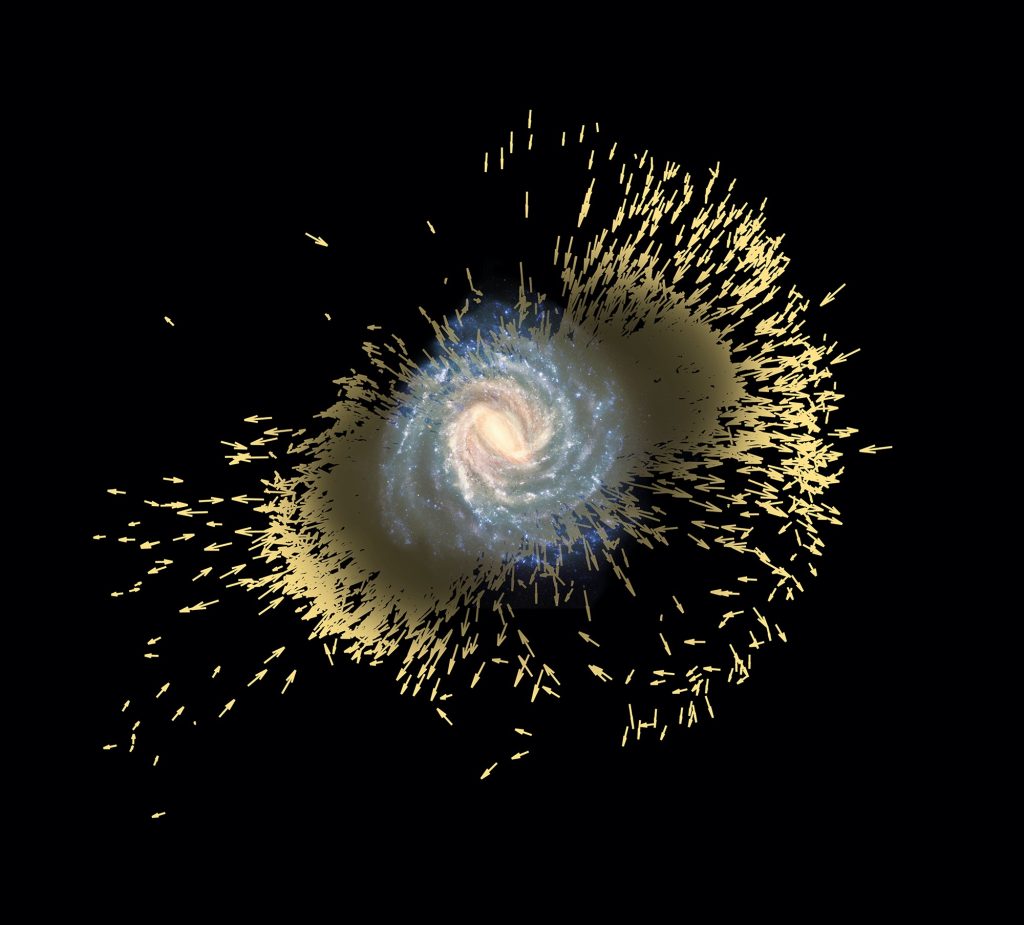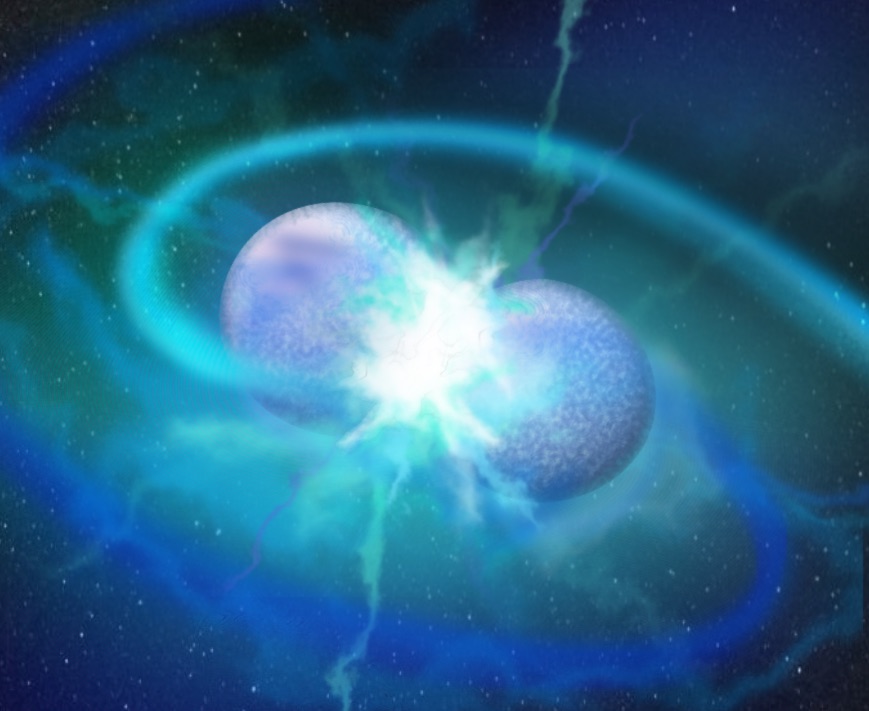Greenhouse effect taken to the extreme
Our solar system is relatively unusual with its division into four rocky worlds on the inside and another four gas and ice planets on the outside. What it lacks, for example, is a so-called "Hot Jupiter": a gas giant the size of our Jupiter, which orbits very close to its parent star and thus heats up extremely strongly. Therefore, if you want to learn something about Hot Jupiters, you have to look into the distance. Such a specimen appears in many of the more than 5000 planetary systems catalogued so far. What do these types of planets have in…
